Olympic Handball vs Gaelic Handball - What’s The Difference?

European Handball - or Olympic Handball - is a dynamic team sport played all over the world. Its history stretches back more than a century. Known for its fast pace and high scoring, Olympic Handball has solidified its place as a staple in the Olympic Games.
What is Olympic Handball?
In simple terms, Olympic Handball is a sport where two teams of seven players compete to score the most points in a game, by passing and throwing a ball between team members by hand, and attempting to throw this into the goal net of the opposing team. A game usually lasts for two periods of 30 minutes and whoever scores the most points, wins. Olympic Handball is usually played indoors and the court looks similar to an indoor football field, but really, you can create a court and play anywhere - indoors or outside.
…so what is Gaelic Handball?
Gaelic Handball is very different! A traditional Irish sport that’s similar to squash or racquetball, it’s played on a small court where players hit a small ball with their hand against a wall, with the aim of scoring points against their opponent by making the ball rebound in a way that the opponent cannot return it.
Games are usually played as singles or doubles and in Ireland, Gaelic handball is governed by the Gaelic Athletic Association (GAA), which also oversees traditional sports like Gaelic football and hurling.
Olympic Handball versus Gaelic Handball
Olympic Handball and Gaelic handball are quite distinct in terms of gameplay, equipment and history. Here’s how they differ:
- Gameplay and Rules: Olympic Handball is a team sport where each team tries to score points by throwing a ball into the opponent's goal. In contrast, Gaelic Handball involves singles or doubles hitting a ball against a wall, focusing on strategic rebounds to outmaneuver the opponent.
- Equipment and Court: Olympic Handball is usually played on a large indoor court with specific goals, with a ball about the size of a football. Gaelic Handball is played on smaller, enclosed courts with walls and a small, hard ball that’s similar to a racquetball.
- Origin and Cultural Significance: Olympic Handball was formalised in Europe in the late 19th and early 20th centuries and has been included in the Olympic Games since 1936 for men and 1976 for women. Gaelic Handball has its origins in Irish culture as a heritage game that’s been played here for centuries.
- International Reach: Olympic Handball enjoys a global following and is featured in major international competitions, governed by the International Handball Federation. Gaelic Handball is mostly found in Ireland and Irish expatriate communities - primarily in the United States and Canada - but is not as globally recognised as Olympic Handball.
How popular is Olympic Handball?
Olympic Handball is a huge international sport and especially popular in Europe, Scandinavia and Brazil. The International Handball Federation (IHF) is responsible for promoting and managing the sport worldwide, and the inclusion of Handball in the Olympics has only helped to increase its visibility and encourage people to play Handball worldwide.
In Ireland, Olympic Handball is one of the fastest-growing team sports with players, volunteers and community members of different backgrounds, abilities, ages and nationalities, so we’re truly an international sport! Olympic Handball Ireland is responsible for promoting and developing the sport at all levels across the country, from school programs to competitive leagues, with the support of Sport Ireland.





